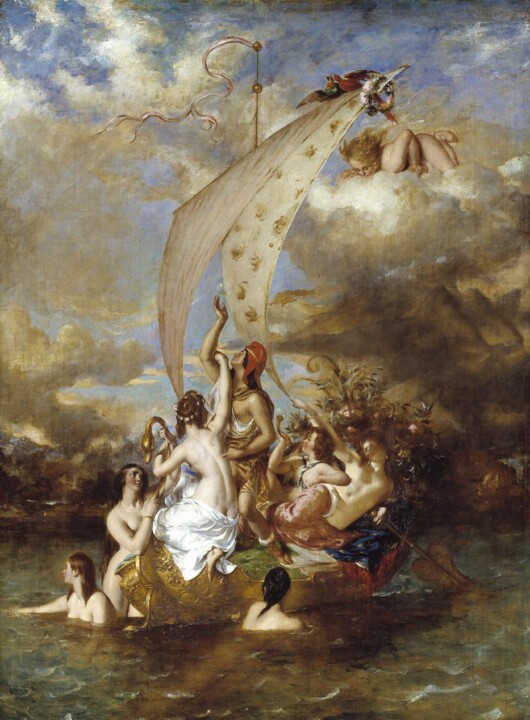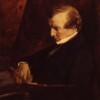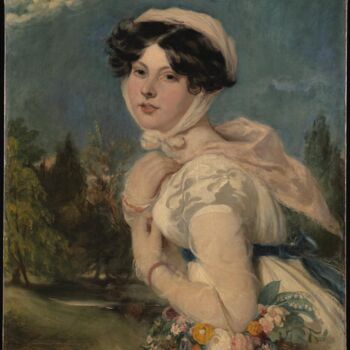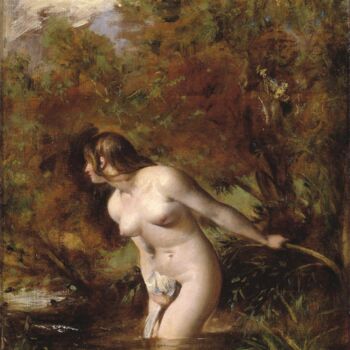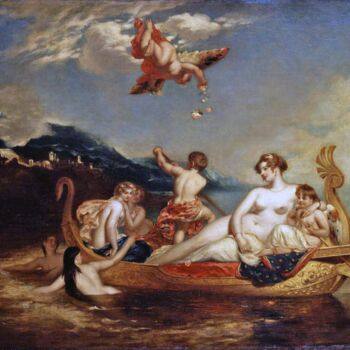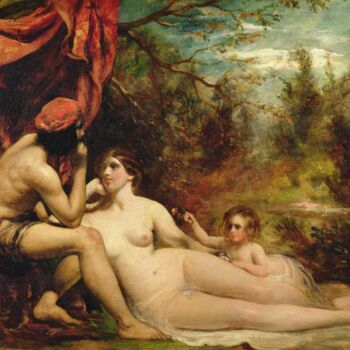Youth on the Prow, and Pleasure at the Helm (1832) Peinture par William Etty
Pas à Vendre
Vendu par Artmajeur Editions
Cette impression est disponible en plusieurs tailles.
Vendu par Artmajeur Editions
-
Œuvre d'art originale
Peinture,
Huile
sur Toile
- Dimensions Hauteur 62,5in, Largeur 46,3in
- Encadrement Cette oeuvre n'est pas encadrée
- Catégories Classicisme Marine
William Etty RA was an English painter who lived from March 10, 1787, to November 13, 1849. He was best known for his history paintings that had naked people in them. He was the first British artist of note to paint naked people and still lifes. He was born in York and quit school when he was 12 to train as a printer in Hull. After seven years, he finished his apprenticeship and moved to London. In 1807, he joined the Royal Academy Schools. There, he learned from Thomas Lawrence and copied the work of other artists to get better. Etty was respected at the Royal Academy of Arts for being able to paint realistic flesh tones, but in his first few years in London, he didn't do very well in terms of sales or reviews.
Etty's 1821 painting Cleopatra's Arrival in Cilicia showed many naked people and was shown to great acclaim. Its success led to more pictures of historical scenes with naked people in them. In the 1820s, all but one of the paintings he showed at the Royal Academy had at least one naked figure, which gave him a bad name. Even so, he sold a lot of paintings and got good reviews. In 1828, he was made a Royal Academician, which was the highest honor an artist could get at the time. Even though he was one of the most respected artists in the country, he kept taking life classes for the rest of his life, which other artists thought was strange. In the 1830s, Etty started to branch out into the more lucrative but less respected field of portraiture. Later, he became the first English painter to paint important still lifes. He kept painting naked men and women, which got him a lot of harsh criticism and condemnation from some members of the press.
Etty was a very shy man who didn't have many friends and never got married. He lived with his niece Betsy from 1824 until he died (Elizabeth Etty). Even though he lived in London, he was still very interested in his hometown of York. He helped set up the first art school in York and led the fight to keep the city walls there. Even though he never officially left his Methodist faith, he was very close to the Roman Catholic Church. He was one of the few non-Catholics to attend the 1838 opening of Augustus Pugin's chapel for St. Mary's College, Oscott, which was at the time England's most important Roman Catholic building.
-
Nationalité:
ROYAUME-UNI

- Date de naissance : 1787
- Domaines artistiques: Représenté par une galerie,
- Groupes: Artistes Contemporains Britaniques Artistes présentés par une galerie

